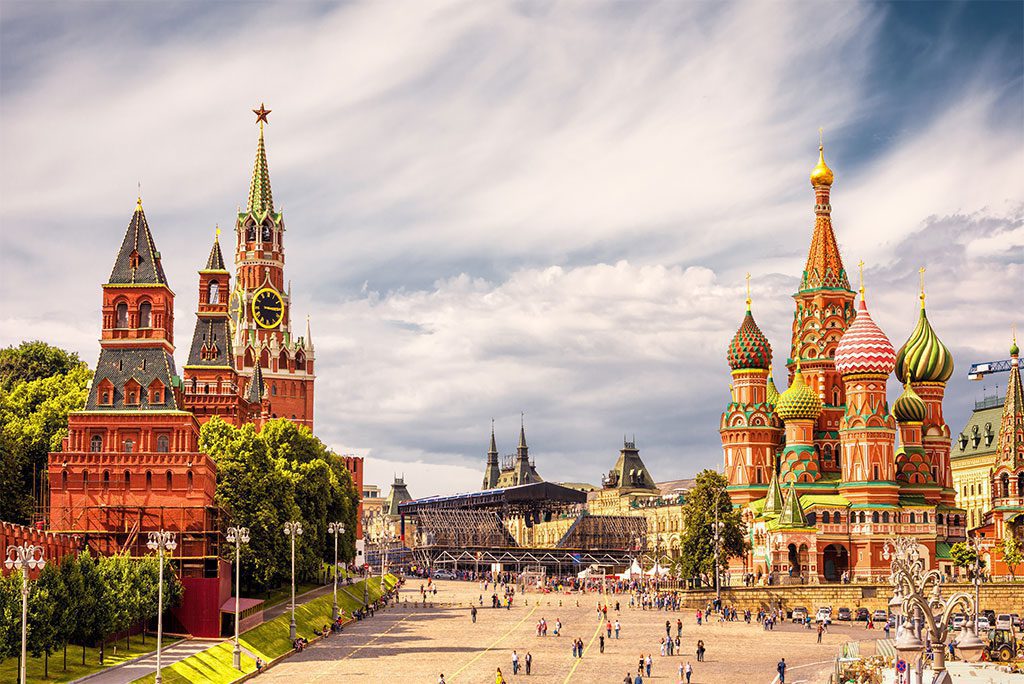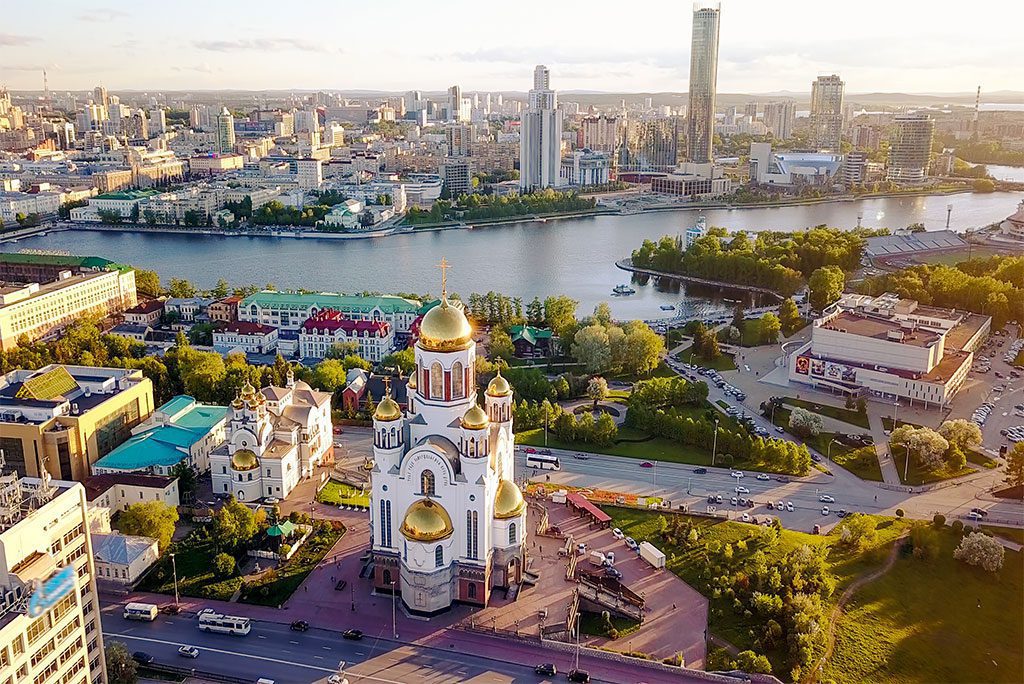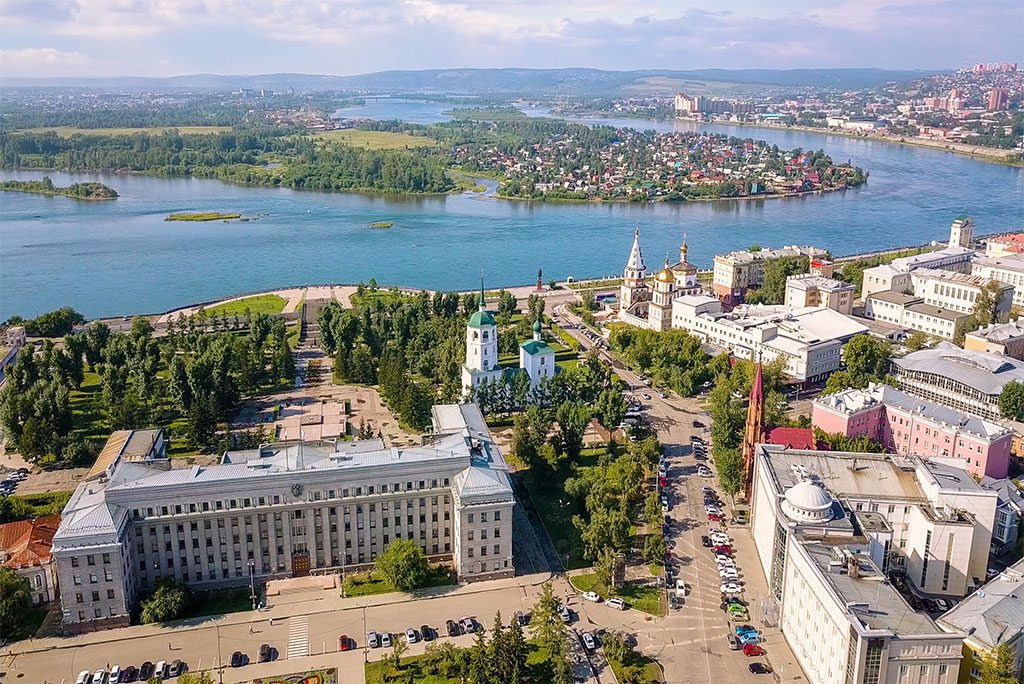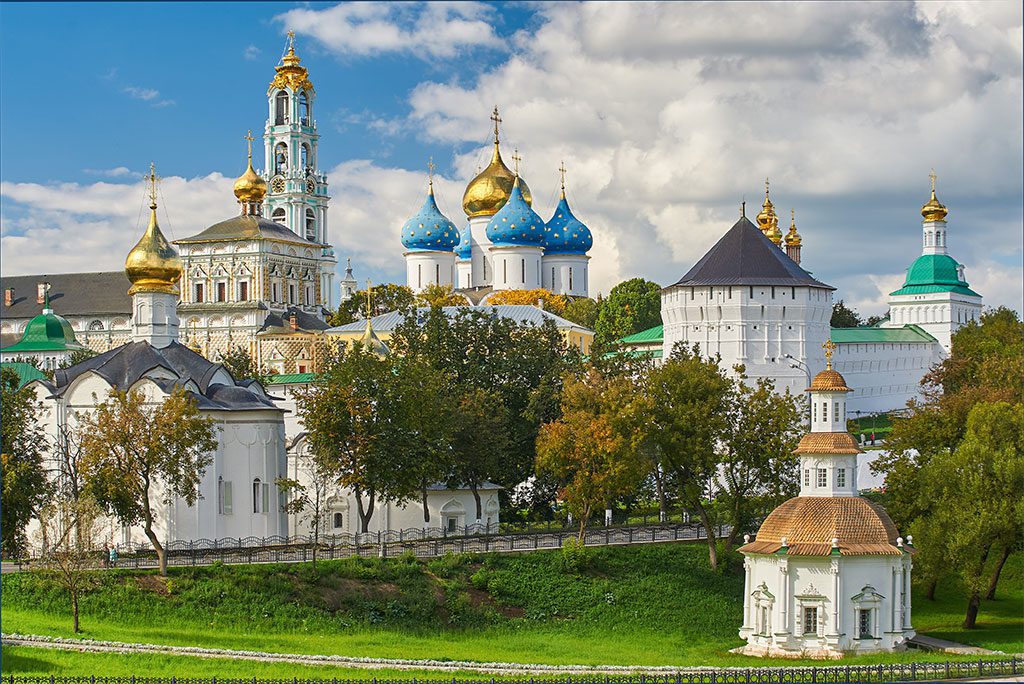It’s still an interesting nation to visit, even though Russia was once the biggest and most powerful component of the Soviet Union. It’s a land of extremes, ranging from warm subtropical beaches to frigid northern winters. Cities in Russia’s east are among the country’s most popular tourist destinations, even though they have a smaller population than those in the west.
Everywhere a tourist travels in Russia, there is a strong sense of history, from ferocious conflicts to the greatest classical literature and music. Astonishing works of art can be seen almost everywhere in the city, not just in its museums and cathedrals.
10. Yekaterinburg
In the Ural Mountains, Yekaterinburg is a major industrial centre. Tsar Nicholas II and his family were killed here in 1918 during the Russian Revolution, which is why it is so well-known.
Many libraries, theatres, playwrights, and dance groups can be found in Yekaterinburg nowadays, as well as a number of notable Russian rock bands. Among the city’s 30 museums is the Shigir Collection, which has one of the world’s oldest wood sculptures; another museum holds more than 300 Nevyansk symbols.
9. Sochi
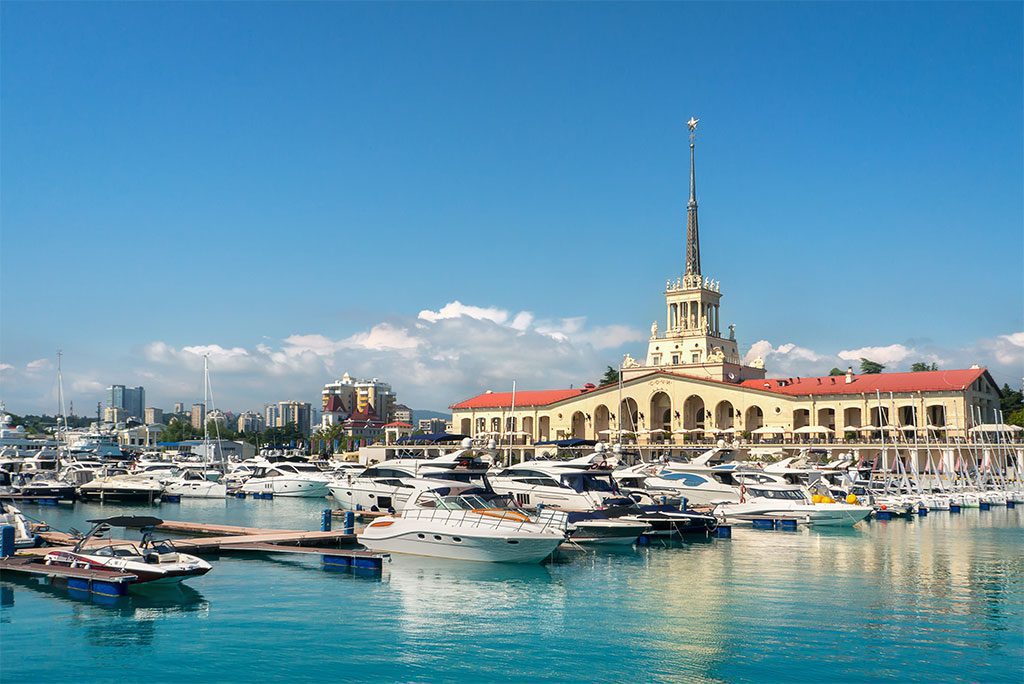
A popular winter sports location on the Black Sea, Sochi was the site of the Winter Olympics in 2014. In addition to the Russian Formula 1 Grand Prix, the 2018 FIFA World Cup will be held in Sochi. With its subtropical temperature and wonderful beaches, even in the dead of winter, Sochi is an important element of the Russian Riviera.
For Russians, the resort city is a terrific place to visit in the summer as well as the winter. Taking a stroll along the seafront promenade is a delightful pastime. The Caucasus Biosphere Reserve may be of interest to eco-conscious tourists. As a result, Sochi is also home to the region’s most northern tea plantations.
8. Veliky Novgorod
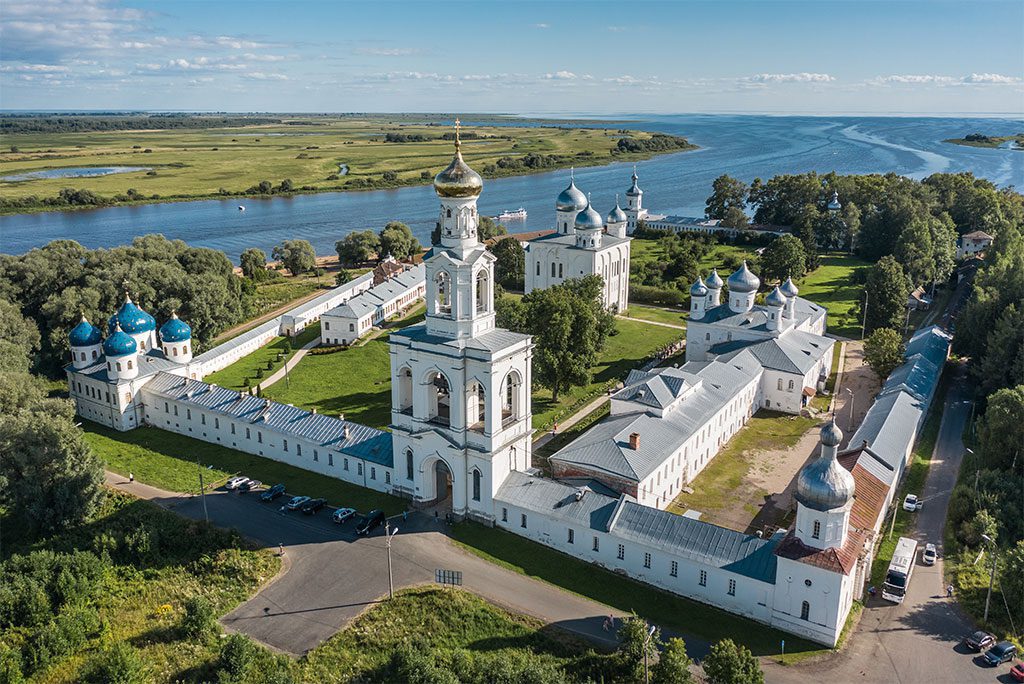
Veliky Novgorod, Russia’s northernmost city, dates back to the 10th century. Early Russian people welcomed the Scandinavian Prince Rurik to lead the country. A dynasty that lasted 750 years was established. Veliky Novgorod claims to be the cradle of the Russian nation.
Saint Sophia Cathedral and Bell Tower, Russia’s oldest; the Hanseatic Fountain, which is supposed to return 1,000 rubles for every one dropped into it; and several museums, including ones on iron, porcelain, and history, are among the most popular attractions. If you’re looking for borscht and bio-honey, Veliky Novgorod is a great spot to visit.
7. Vladivostok
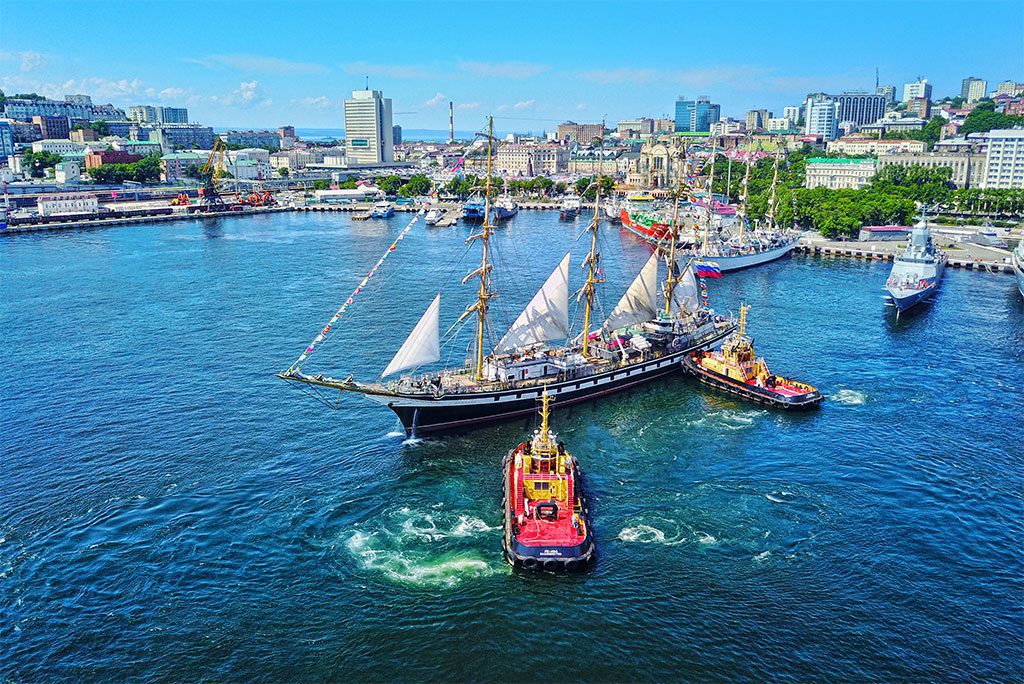
Vladivostok is a very gorgeous city in Russia’s east, surrounded by mountains and bays. Vladivostok, the country’s biggest port on the Pacific Ocean, is only a short distance from North Korea and China via the Trans-Siberian Railway.
The actor Yul Brynner was born here in 1920, and the city has a plethora of cultural offerings, including theatres, museums, and concerts. Minny Gorodok, a former military post, is one of the city’s most beautiful parks and a popular destination for tourists. Admiralsky Skver, the city’s central plaza, is home to a submarine museum.
6. Nizhny Novgorod
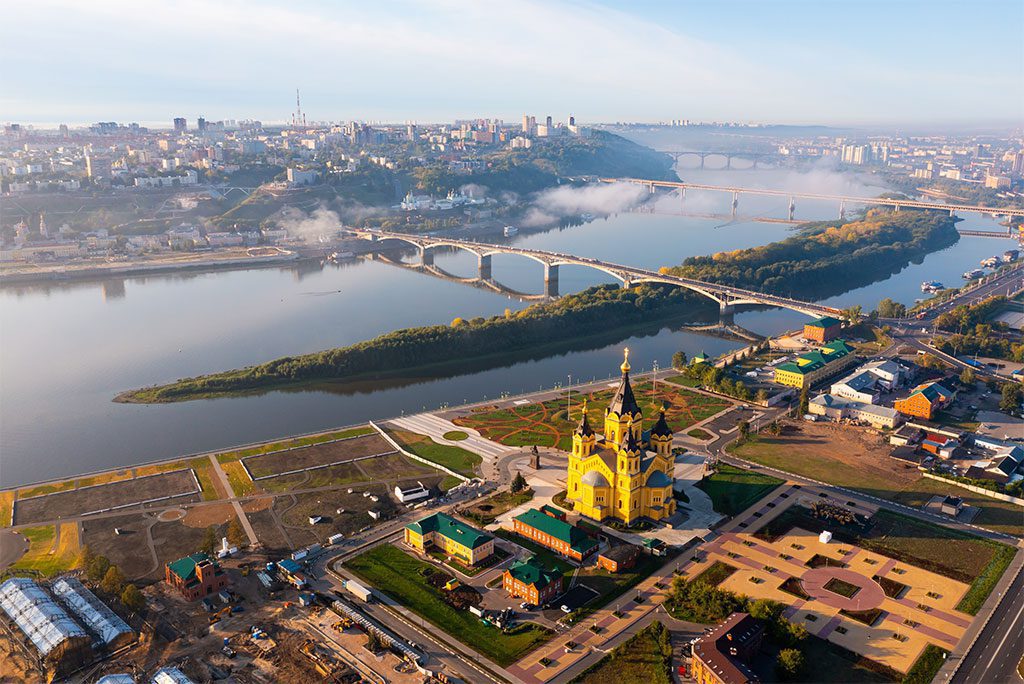
At the junction of the Volga and Oka rivers, Russia’s fifth-largest city is located. The town had its origins as a 13th-century stronghold before being renamed after its famous son, Maxim Gorky.
The Archangel Cathedral, which was the only building left standing after the city was destroyed by the Bolsheviks, is encased in a wall in the old town. There are more than 600 monuments and sculptures in the city of Nizhny Novgorod, and there are at least 200 art institutions, music halls, and the like.
5. Irkutsk
Irkutsk, the de facto capital of Eastern Siberia, is a major station on the Trans-Siberian Railway, which connects Moscow with the east. The city’s location on Lake Baikal’s western side makes it an ideal starting point for exploring the lake.
Historic Irkutsk has a lot to offer visitors, who may be surprised by what they discover. Decorative wooden cottages coexist peacefully alongside Soviet-style apartment buildings and vast boulevards, despite the city’s population of almost 500,000. During many revolutions, there were many bloody fights between Russian groups in the city of Irkutsk.
For philosophers, artists, and others, it was a haven of safety and refuge, which may explain why the city has five colleges. Irkutsk has a lot of churches, like the Ascension Church, as well as geology and history museums.
4. Kazan

For this reason, Kazan is frequently referred to as the “Istanbul of the Volga,” a city where European and Asian cultures come together. There are several churches and mosques in the city of Tatarstan’s capital, which is a beautiful place to visit.
Kazan, Russia’s third city after Moscow and St. Petersburg, is home to some of the country’s wealthiest people. In addition to the remnants of the Kazan Kremlin, the Kul-Sharif Mosque, named for a man who was martyred while defending Kazan from Ivan, and the Bauman Area, a pedestrian retail street, there are other sights to view.
3. Golden Ring
There are numerous cities outside of Moscow connected by the Golden Ring that are breathtaking in their own right. Visit this area for its picturesque countryside full of cherry orchards and charming villages, as well as its onion-shaped domes and famous churches, which house some of the country’s oldest works of art.
For Russian visitors who wish to relive a bygone period, this is a great place to visit. The traditional perspective of Russia’s cities and towns begins and ends in Moscow, with Vladimir, Suzdal, Kostroma, Yaroslavl, Rostov Velikiy, Pereslavl-Zalesskiy, and Sergiev Posad completing the counter-clockwise round. One may view white stone cathedrals, monasteries, and forts, to name a few attractions.
2. Saint Petersburg
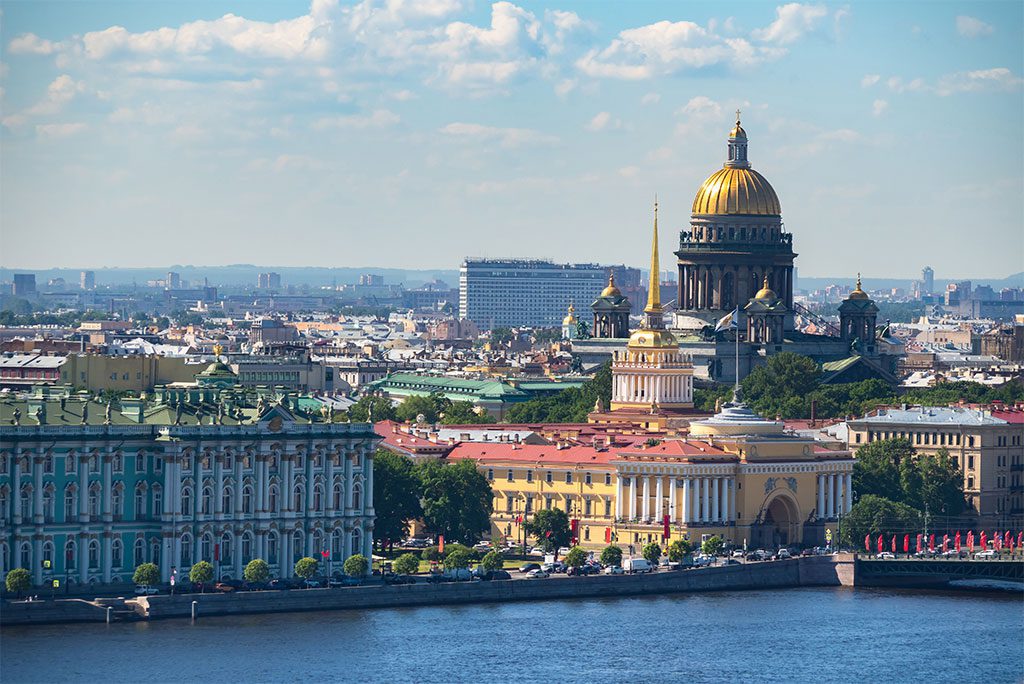
Leningrad may be Russia’s second-largest city, yet most people refer to it as St. Petersburg. St. Petersburg, which was built by Tsar Peter the Great in 1703 and was once the capital of the Russian Empire, was changed to Leningrad in 1924.
A renowned northern cruise destination and one of Russia’s top tourist destinations, located on a river that flows into the Gulf of Finland before entering the Baltic Sea.
For centuries, St. Petersburg has been regarded as Russia’s cultural capital, and the Hermitage Museum has one of the world’s most impressive collections of art. Russia’s most renowned retail and eating thoroughfare, Nevsky Prospekt, is located in Moscow.
1. Moscow
In Russia, Moscow is the most significant city, but not only because it is the capital of Russia and the country’s largest metropolis. Art and culture are a big part of the culture of this 12 million-strong metropolis, including ballet, symphony, and art. The skyline is dominated by the onion-shaped domes of mediaeval churches.
Red Square, the world’s biggest, is a must-see, as are the monuments to Lenin and Stalin, two of the most controversial leaders of the 20th century. These museums show that Moscow’s history wasn’t always pristine, as seen by the Gulag and Cold War displays.


